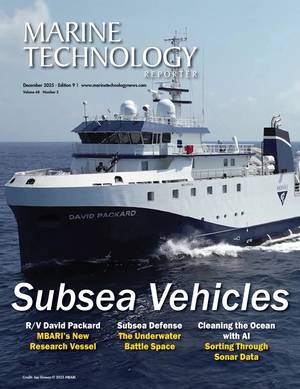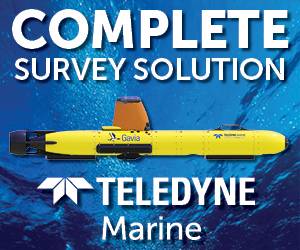Marine Technology
Marine technology refers to a vast umbrella of elements that have helped us to explore what lives in bodies of water. This includes saltwater of the oceans and the freshwater of various lakes. It is amazing how many living things are found in water. Learning about them helps use to find out how they affect those living on land. It also helps us to understand why keeping these bodies of water free from pollution are so important.
There have been many breakthroughs in the way of underwater technology over the years. As a result, divers are able to go to the depths of these water masses. They can evaluate what is living there, observe it in its natural habitat, and document that information. The use of such information means that we also know how to protect certain species of live in the water they could become extinct without our help.
Thanks to forms of underwater technology such as cameras and video recorders, all of us can share in those experiences. While most of us will never dive into the depths of these waters we can watch documentaries, view photos, and even watch videos online. Of course there are some places in the water that humans can’t safely go.
That doesn’t mean we can’t explore them though. Marine technology allows for the use of
The downside is that an
A very similar type of technology used id the AUV (Autonomous Underwater Vehicles). They are much smaller than ROVs and about half the cost. They can get into locations that are smaller too. However, they can be tougher to navigate through the waters. The AUV though is often used for a variety of underwater investigations.
Sonar stands for Sound Navigation and Ranging. This is a big part of marine biology that was first used on the water by vessels so that they could detect land masses and even other vessels around them. Today it is used to help send information back and forth from the boats to the underwater equipment.
Sonar is also used to help locate the ideal place for observing various forms of aquatic life. Many people use this type of marine technology too when they are navigating a boat or even trying to locate fish in the waters before they toss their line out. All of this technology has certainly allowed us to explore what lives in our water in new ways.















 December 2025
December 2025



